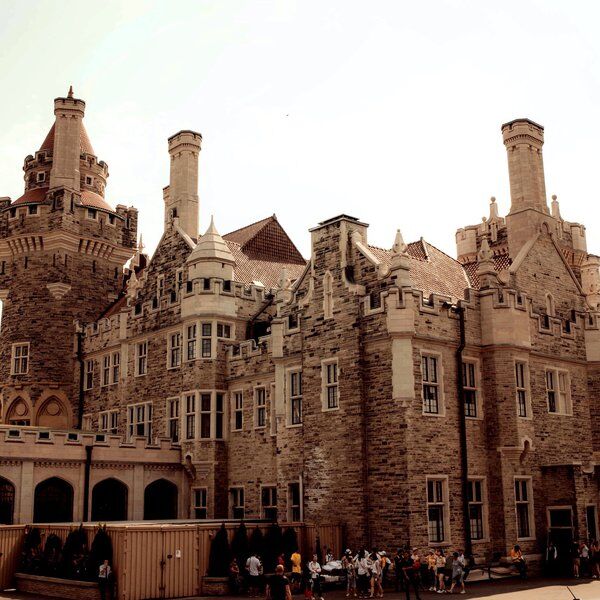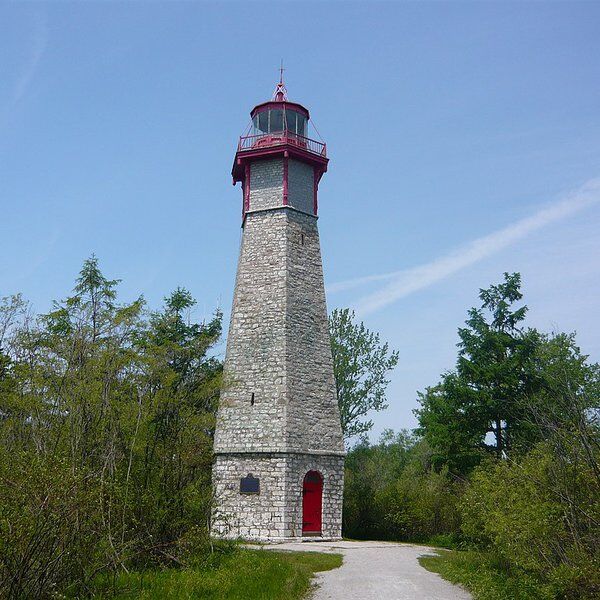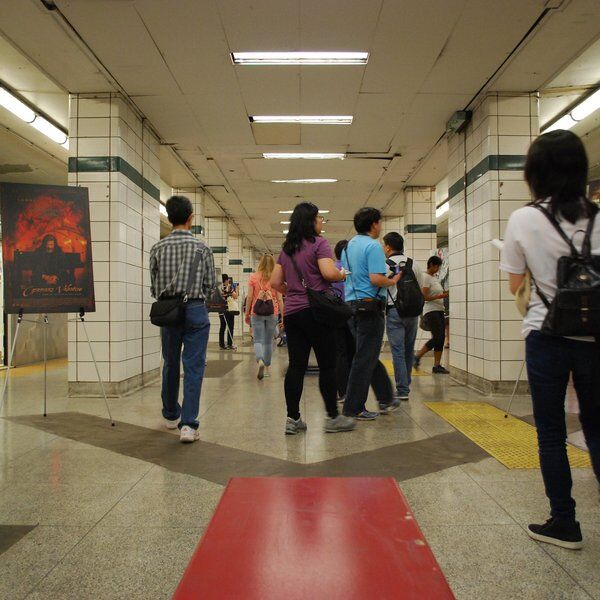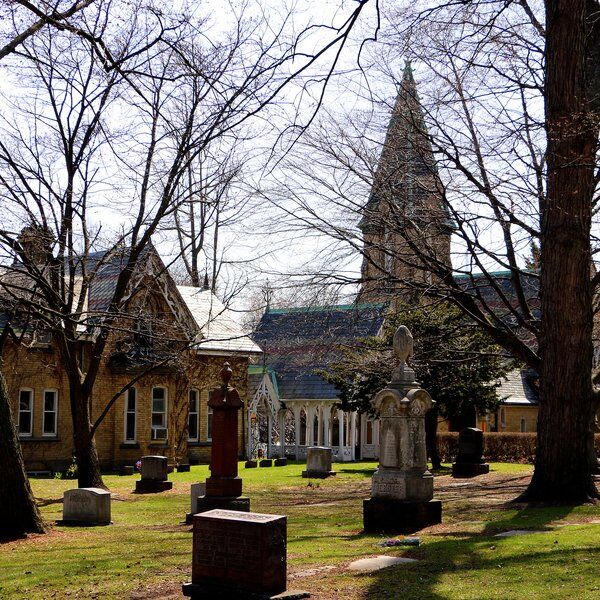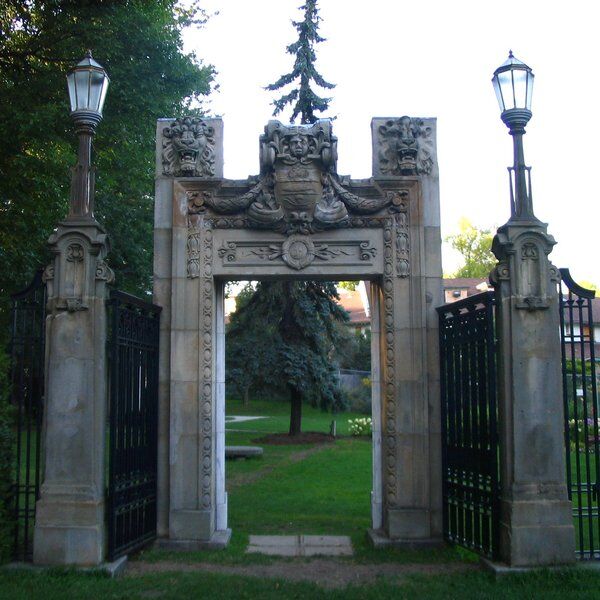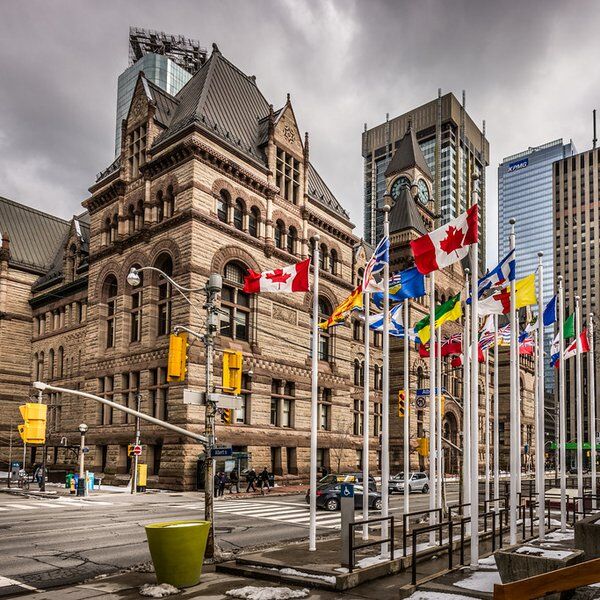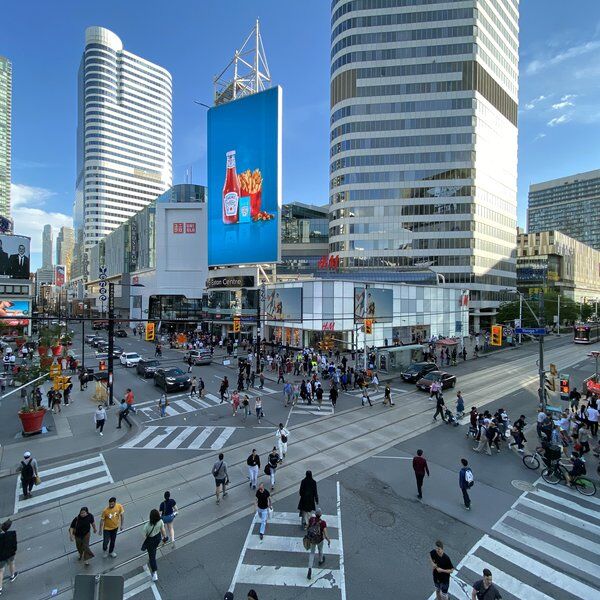
What Is Yonge Dundas Square?
First concieved of in 1997 as part of a project to revitalise Toronto's Downtown Yonge entertainment district, Yonge Square is a paved outdoor space at the intersection of Yonge St and Dundas St E. It was completed in 2002 and the intersection has since become one of the busiest in Canada. Over 100,000 people cross its pedestrian scramble daily.
At its centre are two lines of ten fountains, filtered and kept at pool-quality so they are safe for water-play. The square hosts internationally renowned events such as the Toronto International Film Festival, North x Northeast and Toronto Pride. It is surrounded by famous Toronto buildings - the Toronto Eaton Centre, the Ed Mirvish Theatre, the Citytv Building - and continuously illuminated billboard screens.

Criticism of Yonge Dundas Square
The square is of an award winning design - it received the 1999 Award of Excellence from Canadian Architect and was the following year said to have pushed 'the limits of invention and originality.' Despite this it has its fair share of detractors.
One aspect that is criticised is the billboards, which some say are a sign of creeping privatization. Another is the fact that the space could have been put to better use, either as a more interesting architectural design or as a green space. What has in recent years caused the most controversy by far however is the square's name.

The Yonge Dundas Square Controversy
In 2020 over 14,000 people signed a petition for the name of the square and the associated Dundas St to be changed. The man they are named after (Henry Dundas) was associated with the slave trade. The renaming was approved by the city council in July 2021 and a deadline of April 2022 was set for a new name to be decided.
In January 2022 however the council did an about-turn. Renaming the square and street would cost approximately $1.8 million, they said, more than they could justify. They then went on to argue that history is 'open to controversy and misinterpretation, especially when viewed through a modern lens.'
Councillor Parrish, the woman who had lead the motion against the renaming, argued that 'if we want to spend $1.8 million, I'm happy to put that into equity and diversity projects dealing with the problems of the black community.'
It is difficult to say whether or not the money has been reallocated towards these purposes. In April 2022 a similar sum was invested in the Toronto Action Plan to Confront Anti-Black Racism, but this project is in its fourth year and saw more substantial investments in previous years. The allocation is likely unrelated to Parrish's above statement.
Who Was Henry Dundas and What Did He Do?
Dundas was a Scottish politician who was at one time so powerful he earned himself the nicknames 'the Uncrowned King of Scotland' and 'the Grand Tyrant'. The reason his legacy is today receiving scrutiny is that when, in 1792, abolitionist William Wilberforce proposed an end to the slave trade Dundas made an amendment, adding the word 'gradual'. On top of this, he argued that slavery should not be ended until an agreement was reached with the colonies, and proposed holding off abolition until 1799, before eventually settling for 1796.
Wilberforce and his fellow abolitionists had initially sought an immediate end to the slave trade. As it transpired, it was not made illegal until 1807.
Because of this some argue that Dundas held back the abolition of the slave trade by fifteen years, in which time a further 500,000 Africans were enslaved in the British colonies. Others however argue that such a delay was inevitable and Dundas' role was more complicated than it might at first seem.
They point to opposition from the House of Lords (who refused to pass the Act until 1807) and the British royal family, as well as the reignition of the French Revolutionary War as significant obstacles to abolition. One historian, Young, argues that without Dundas' amendment the 1792 proposal would never have passed, a claim that is given weight by the fact that a similar proposal had failed to get through the House of Commons the year before.
Historians remain divided on Dundas' role in abolition. What is clear however is that he argued, counter to those who wanted an immediate end to the slave trade, that abolition should be done by 'moderate measures'. The reasons he publically gave for this was he thought an immediate end would drive the slave trade underground.
As of writing, Yonge Dundas Square is set to remain with name unchanged. Hopefully, Parrish will follow through on her suggestion of allocating an additional $1.8 million to the black community.
Want to learn more about Toronto and see some of it's secret & hidden sights? Check out our Toronto Scavenger Hunts, puzzle-filled urban adventures lead you through city highlights and best-kept secrets. You'll actively engage with your surroundings to unravel the clues sent directly to your phones. Take optional breaks at great cafes & pub stops and enjoy the city's finest sights.




